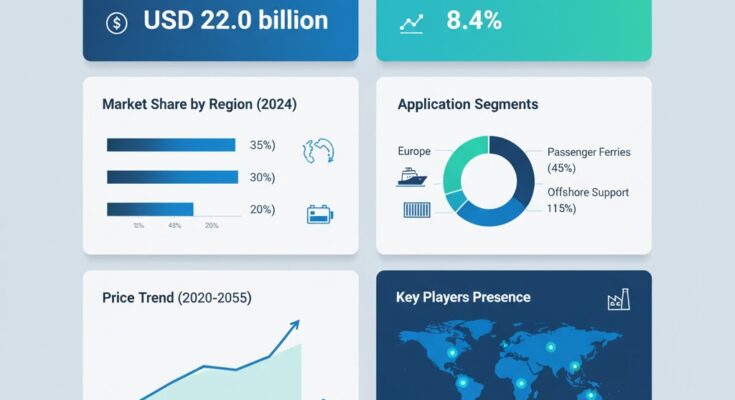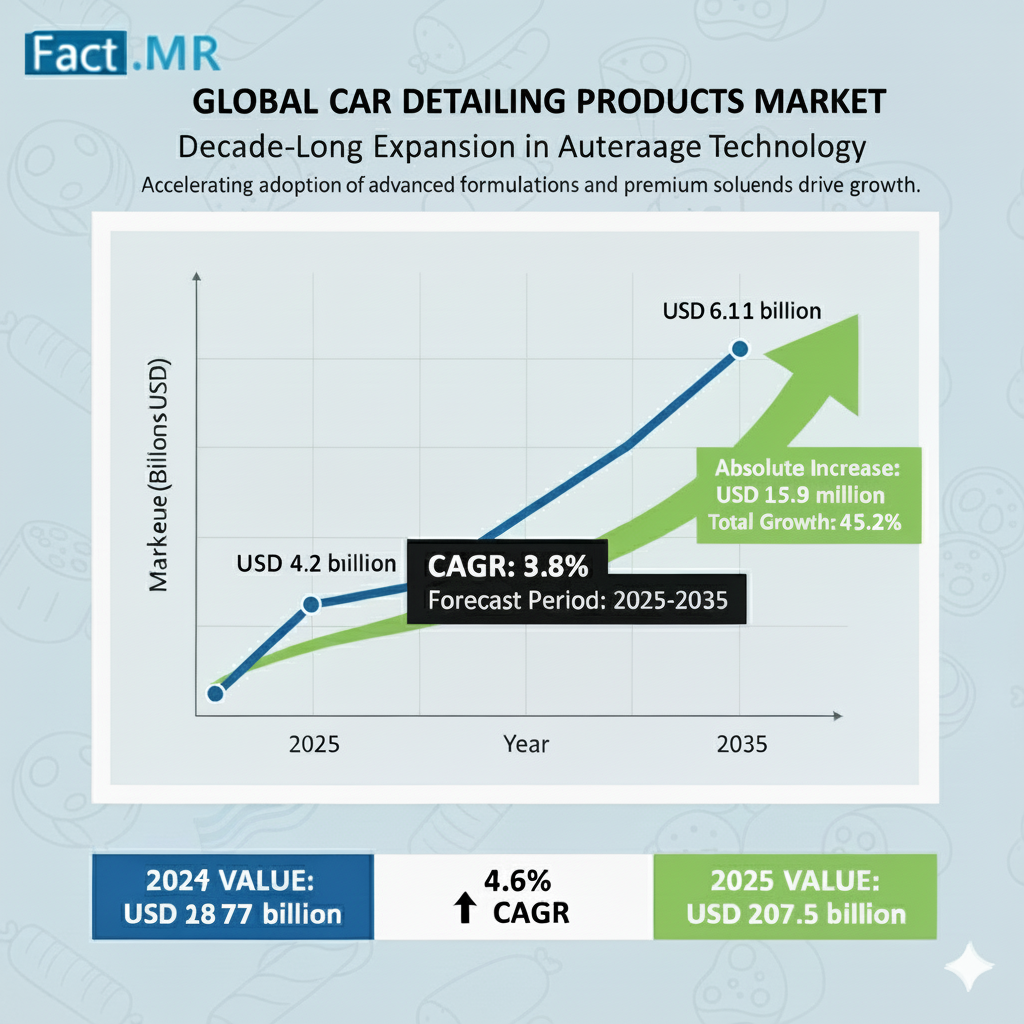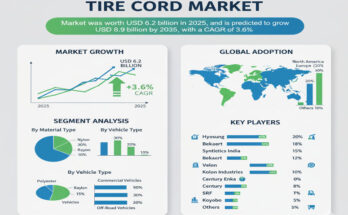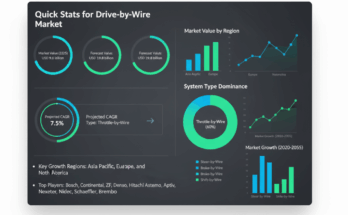The global electric ship market is charting a strong growth trajectory as maritime industries accelerate toward sustainable operations and reduced emissions. Valued at USD 9.8 billion in 2025, the market is projected to reach USD 22.0 billion by 2035, recording an absolute increase of USD 12.2 billion over the forecast period. This represents a robust CAGR of 8.4% between 2025 and 2035, according to the latest analysis by Fact.MR.
Driven by global sustainability mandates, advancements in marine battery technology, and growing investments in hybrid and fully electric vessels, the market is transforming the future of ocean and inland shipping. Electric propulsion is emerging as a cornerstone of green maritime logistics, enabling ship operators to meet stringent emission regulations while lowering fuel and maintenance costs.
Market Drivers: Sustainability Mandates, Electrification, and Battery Innovations
Decarbonization and Green Shipping Initiatives
The International Maritime Organization (IMO) and regional regulators are enforcing stricter carbon emission norms, compelling shipbuilders and operators to adopt electric and hybrid propulsion systems. These initiatives, coupled with the global shift toward net-zero goals, are propelling investments in electric vessels—from ferries and tugboats to cargo ships and offshore support vessels.
Technological Breakthroughs in Marine Batteries
Advancements in lithium-ion, solid-state, and hybrid battery systems have enhanced power density, safety, and lifecycle performance. The integration of fast-charging solutions and modular battery packs has significantly improved vessel range and reliability, enabling broader adoption across both short- and medium-distance maritime routes.
Digital Integration and Smart Energy Management
The convergence of AI-driven navigation, energy optimization software, and predictive maintenance systems is redefining ship efficiency. Electric vessels now leverage digital monitoring tools to optimize route planning and reduce power consumption—offering real-time insights into operational performance and sustainability metrics.
Shift Toward Sustainable Maritime Transportation
Global shipping companies are rapidly transitioning to low-emission fleets to meet corporate ESG commitments and reduce lifecycle operational costs. Ports and coastal authorities are also developing shore-to-ship charging infrastructure, fostering large-scale adoption of electric vessels. Governments in regions such as Europe, East Asia, and North America are offering financial incentives and R&D grants to accelerate the electrification of maritime transport.
Competitive Landscape
The electric ship market is competitive, featuring global technology leaders and shipbuilders focused on propulsion innovation, energy storage solutions, and hybrid integration.
Key Players in the Electric Ship Market:
- ABB Ltd.
- Siemens AG
- Wärtsilä Corporation
- Kongsberg Gruppen ASA
- Rolls-Royce plc (Marine division)
- Hyundai Heavy Industries Co., Ltd.
- Samsung Heavy Industries Co., Ltd.
- Mitsubishi Heavy Industries, Ltd.
- Corvus Energy Inc.
- Leclanché SA
- MAN Energy Solutions SE
- Cavotec SA
- Vard Holdings Limited
- Yanmar Co., Ltd.
- Volvo Penta (AB Volvo)
These companies are expanding partnerships with naval authorities, commercial operators, and offshore energy sectors to deliver scalable electric propulsion systems. Their strategic efforts include developing integrated battery solutions, hybrid engines, and modular ship designs to enhance performance and compliance with maritime decarbonization standards.
Recent Developments
- May 2025 – Wärtsilä introduced its next-generation hybrid propulsion system designed for cruise and cargo vessels, offering a 30% reduction in operational emissions.
- January 2025 – ABB and Hyundai Heavy Industries announced a collaboration to develop high-capacity DC grid systems for large electric ships.
- September 2024 – Siemens AG launched the “BlueDrive” energy management platform, enabling efficient power distribution and predictive maintenance for electric and hybrid fleets.
Segmentation of the Electric Ship Market
The market is segmented across key dimensions to reflect diverse vessel types, propulsion systems, and operational applications:
- By Vessel Type: Ferries, Cruise Ships, Yachts, Cargo Vessels, Offshore Support Vessels, Naval Ships, and Others.
- By Propulsion Type: Fully Electric and Hybrid Electric.
- By Battery Type: Lithium-ion, Lead-acid, Solid-state, and Others.
- By Application: Commercial, Defense, and Leisure.
- By Region: North America, Latin America, Europe, East Asia, South Asia & Pacific, and the Middle East & Africa.
Europe leads in electric ship adoption, backed by stringent emission policies and advanced maritime infrastructure, while Asia-Pacific is witnessing the fastest growth due to large-scale shipbuilding activities and government incentives for clean marine transport.
Future Outlook: Smarter, Greener, and More Autonomous Vessels
The future of maritime transport is electric and digital. By 2035, the market is expected to witness:
- Autonomous Electric Ships – Integrating AI navigation and collision avoidance systems.
- Next-Gen Solid-State Batteries – Offering greater energy density and safety.
- Hybrid Hydrogen-Electric Systems – Enhancing range and operational flexibility.
- Global Port Electrification – Expanding charging infrastructure for commercial fleets.
These innovations will redefine marine operations, enabling cleaner oceans, smarter logistics, and a sustainable maritime future.



